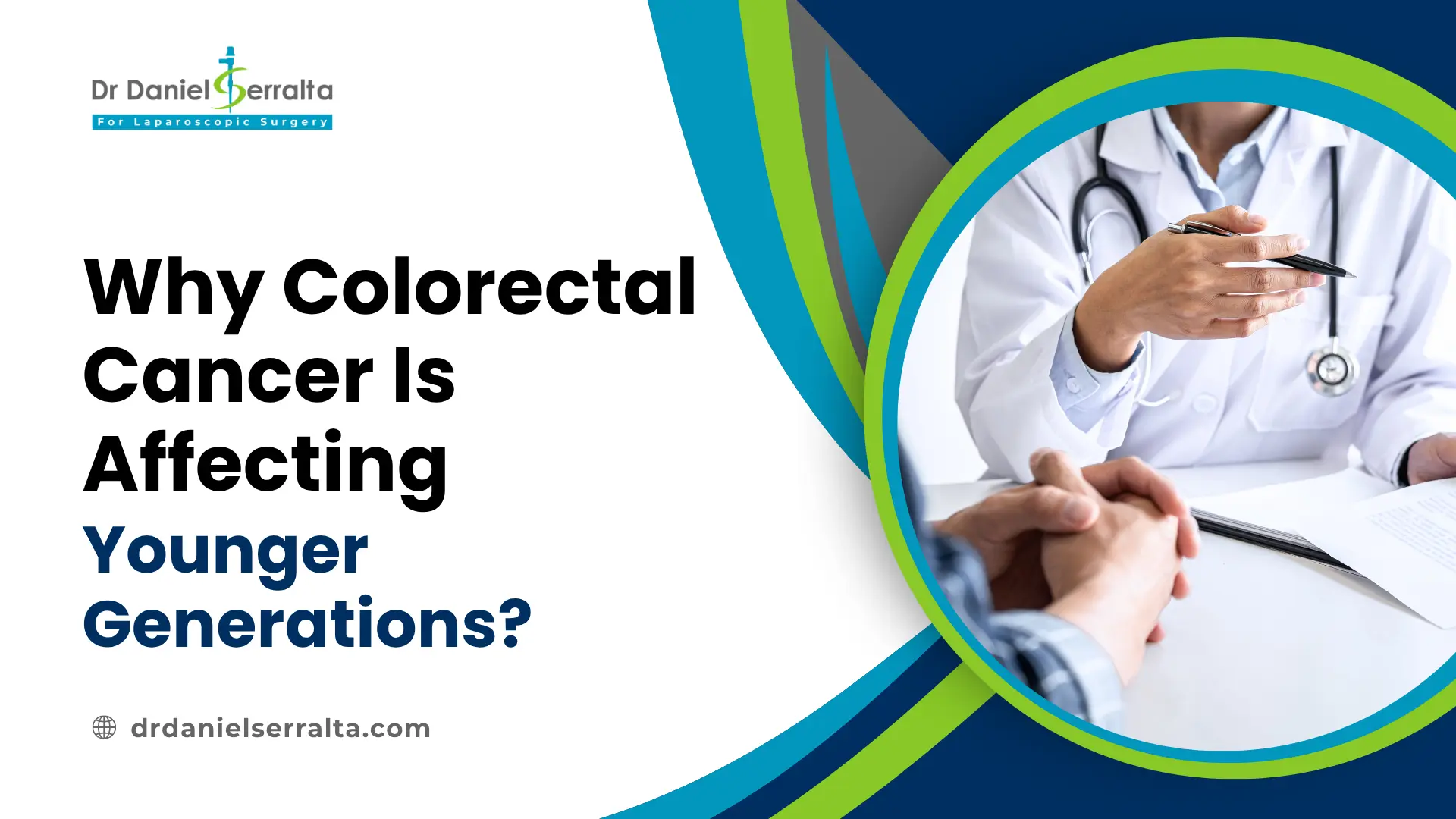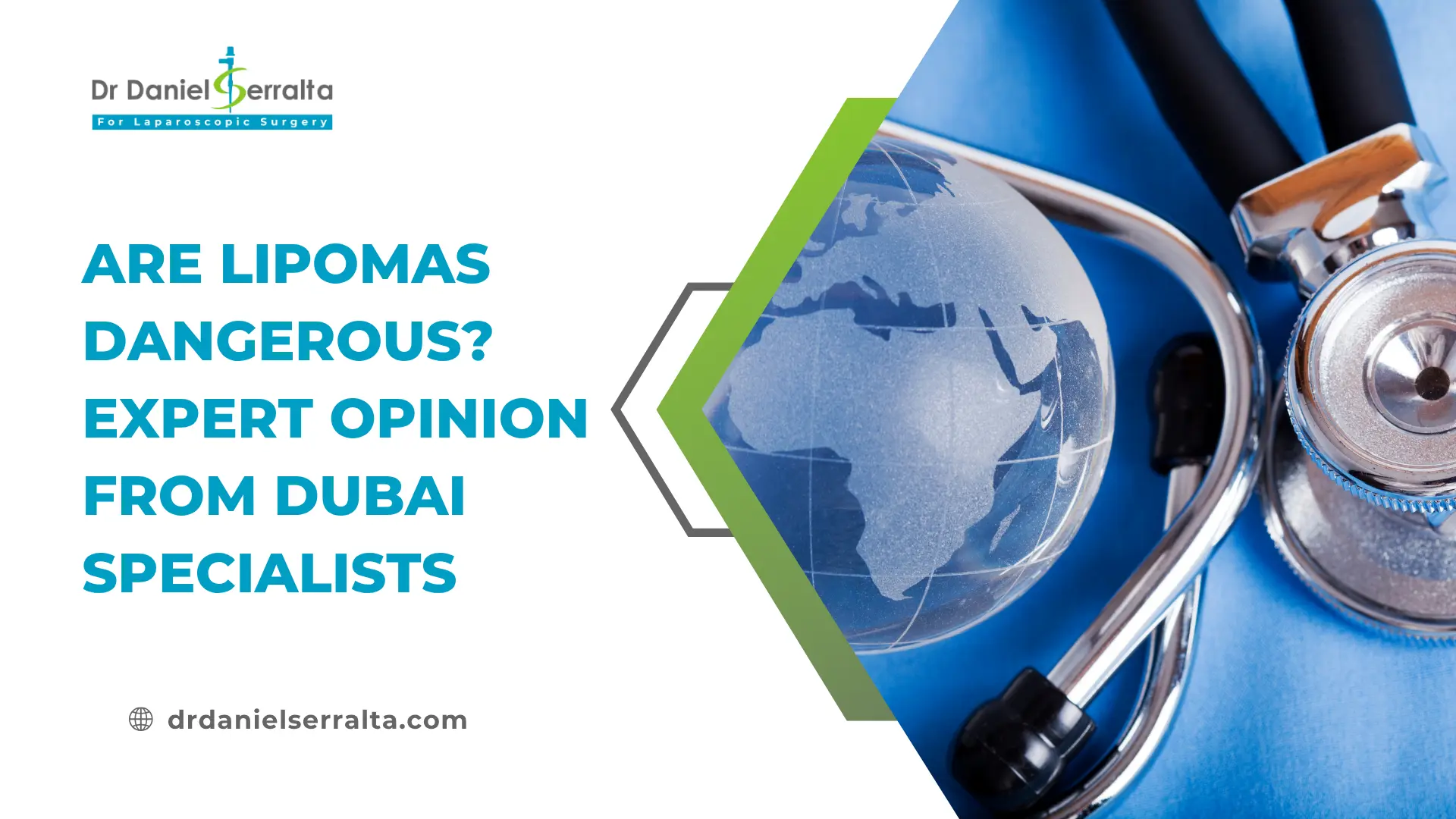What is the Difference Between Gallstones and Gallbladder Polyps?

The gallbladder, a small organ beneath the liver, plays a role in digestion by storing bile produced by the liver. However, the gallbladder can develop problems over time, with two common issues being gallstones and gallbladder polyps. Understanding the difference between these conditions is important for proper diagnosis and treatment. This article will explore the key differences between gallstones and gallbladder polyps, their causes, symptoms, and treatment options.
What Are Gallstones?
Gallstones are hard particles that form in the gallbladder due to imbalances in bile components. These stones vary in size, from as small as a grain of sand to as large as a golf ball. There are two primary types of gallstones: cholesterol gallstones and pigment gallstones.
Cholesterol Gallstones: These are the most common type and occur when bile contains too much cholesterol.
Pigment Gallstones: These are formed from excessive bilirubin and are more common in individuals with liver diseases.
Gallstones Causes
Several factors can increase the likelihood of developing gallstones. Gallstones causes include:
- Excessive cholesterol in bile.
- Obesity or rapid weight loss.
- Diabetes or liver disease.
- Genetic factors (some specific populations have a higher incidence)
- Being a woman
- Certain medications such as estrogen therapy.
Gallstones Symptoms
Not all gallstones cause symptoms, but when they do, it’s called a gallstone “colic.” Common gallstones symptoms include:
- Sharp pain in the upper right abdomen.
- Nausea and vomiting.
- Back pain or shoulder pain.
- Jaundice, in severe cases when the bile duct is blocked.
What Are Gallbladder Polyps?
Gallbladder polyps are growths or lesions that appear on the inner lining of the gallbladder. While most polyps are benign, certain types, especially larger ones, can have a higher risk of becoming cancerous. There are different types of polyps:
Cholesterol Polyps: These are not real polyps, but they look so in the ultrasound. They are the most common type, and they never progress into cancer.
Inflammatory Polyps: Usually associated with gallbladder inflammation.
Adenomatous Polyps: These polyps have a higher likelihood of developing into cancer.
Read Also: How do you Stop Gallbladder Polyps From Growing?
Symptoms of Gallbladder Polyps
Unlike gallstones, gallbladder polyps are usually asymptomatic. However, larger polyps may cause:
- Abdominal discomfort.
- Indigestion.
- Pain in the upper abdomen.
If polyps grow larger than 1 cm or are giving any symptom, they are recommended to be removed surgically.
Key Differences Between Gallstones and Gallbladder Polyps
Although both gallstones and gallbladder polyps affect the gallbladder, they have some differences. Here’s a breakdown of the key differences:
Formation:
- Gallstones are solid particles formed from cholesterol or bilirubin in the gallbladder. They are free inside the gallbladder and therefore, they can move
- Gallbladder polyps are tissue growths on the gallbladder’s inner lining. Attached to the wall, thay can’t move.
Causes:
- Gallstones causes stem from factors like high cholesterol, liver conditions, and rapid weight loss.
- Gallbladder polyps are often due to inflammation, cholesterol buildup, or genetic factors.
Symptoms:
- Gallstones symptoms include sharp abdominal pain, nausea, and jaundice.
- Gallbladder polyps are usually asymptomatic but can cause discomfort when they become larger.
Complications:
- Gallstones can lead to complications like gallbladder inflammation, bile duct blockages, or pancreatitis.
- Gallbladder polyps, particularly those larger than 1 cm, may increase the risk of gallbladder cancer.
Diagnosis of Gallstones vs. Gallbladder Polyps
To distinguish between gallstones and gallbladder polyps, doctors use various diagnostic tools:
Ultrasound: This is the most common method to detect both gallstones and polyps.
CT Scan or MRI: Used for more detailed imaging and to determine the size and type of gallbladder polyps or the presence of gallstones.
Early detection through regular checkups is essential, especially for those at higher risk of developing gallbladder-related issues.
Treatment and Management Options
Gallstones Treatment
If gallstones are causing symptoms, the recommendation is clear: remove them together with the gallbladder in an intervention called Cholecystectomy. This intervention can usually be performed with a “keyhole technique” (AKA laparoscopic). There is a possibility of medical treatment which is reserver to those patients whose condition is so fragile that they may no stand a surgery. When the stones are mobilized, they passed through the ducts and got stuck, we can make an Endoscopic Retrograde Cholangiopancreatography (ERCP), a procedure used to remove gallstones from the bile ducts.
Gallbladder Polyps Treatment
Treatment for gallbladder polyps depends on the size and type of the polyp:
Regular Monitoring: Small polyps (<1 cm) are typically monitored through routine ultrasounds to check for growth.
Surgery: If polyps grow larger than 1 cm or present a risk of cancer, surgery to remove the gallbladder (cholecystectomy) may be necessary.
Prevention Tips for Gallbladder Health
Both gallstones and gallbladder polyps are often linked to lifestyle factors, making prevention possible through healthy habits:
Maintain a balanced diet: Eat foods rich in fiber and low in cholesterol. Avoid fatty and processed foods.
Exercise regularly: Staying active can help maintain a healthy weight, reducing the risk of gallstones and polyps.
Monitor cholesterol levels: Keeping cholesterol in check reduces the risk of gallstone formation.
Conclusion
Gallstones and gallbladder polyps are different conditions despite their association with the gallbladder. Consequently, proper identification of the condition assists in accurate diagnosis and treatment. They have differences in the causes and symptoms and some risks associated with the complications. If you feel any symptoms of gallbladder or want Gallbladder Removal in Dubai, consult Dr. Daniel Serralta, an experienced general surgeon in Dubai. Keeping a healthy lifestyle is the best way to avoid making gallstones or gallbladder polyps serious problems.







